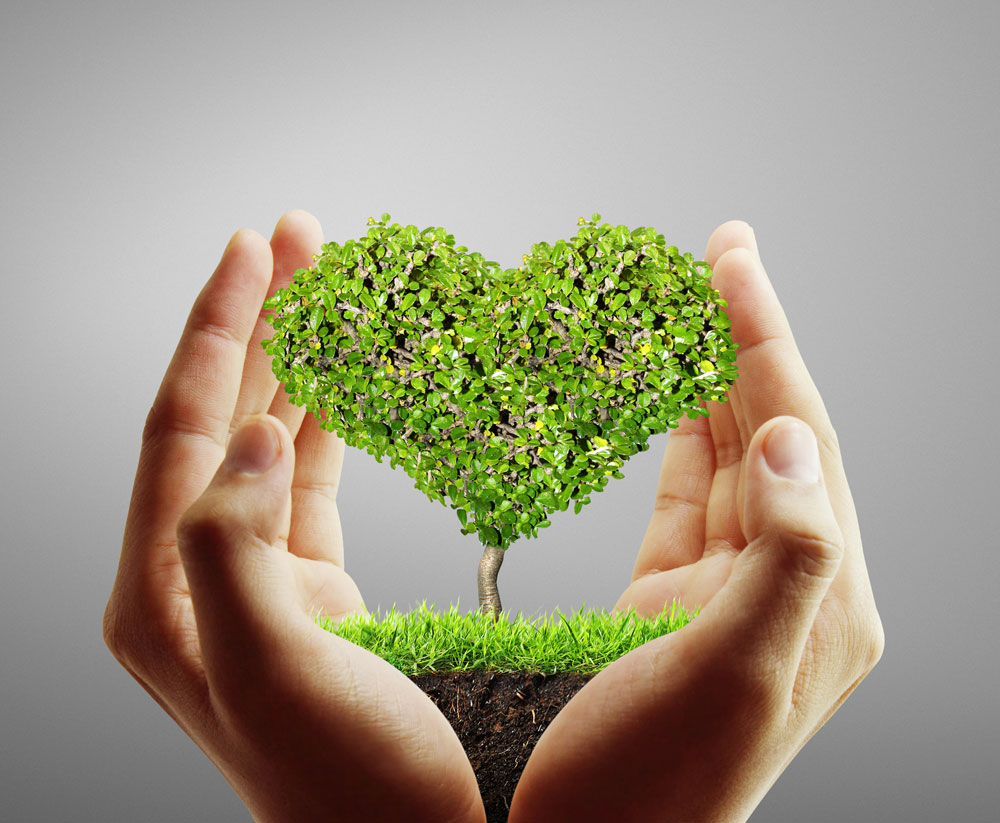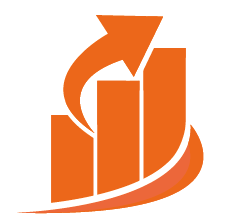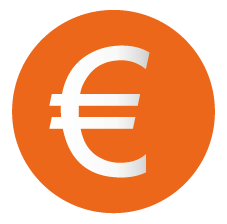CIRCULAR ECONOMY

We are committed to a sustainable model
We believe in the circular economy as a new economic and social model that prioritizes the efficient use of resources, reducing the consumption of water, energy, and raw materials.
This approach offers a real alternative to the traditional linear model—based on extracting, producing, consuming, and discarding—and allows us to move toward a more responsible, efficient, and environmentally friendly form of production.
Use and Discard: A High Cost for Our Planet
Our ambitious 2030 target
We are moving away from the linear "use and discard" model to adopt a more sustainable and responsible approach. Our commitment for 2030 is that 100% of our products will be planet-friendly, extending their lifespan and promoting second life through eco-design, resource reuse, repair, and recycling.
We transform waste into resources, striving for a future where sustainability is an integral part of every stage in a product's life cycle.


The importance of ecodesign in the circular economy
Eco-design is a key element in our path toward sustainability. Our challenge is to develop more versatile and durable products that require fewer natural resources, generate lower CO₂ emissions, and adapt to new market demands.
We aim to create items that, in addition to being functional and appealing to customers, provide added value that sets us apart and allows us to progress toward a more innovative, responsible, and sustainable company.
We know that 80% of a product’s environmental impact is determined during its design phase, which is why we are committed to incorporating sustainable criteria from the very beginning of each project.





